Heating is when you increase the temperature of something and cooling is when you lower the temperature. Heating and cooling can cause changes we can see. Sometimes these changes are reversible and sometimes they are not.
To better understand how heating and cooling works…
LET’S BREAK IT DOWN!
Heating raises the temperature of something.
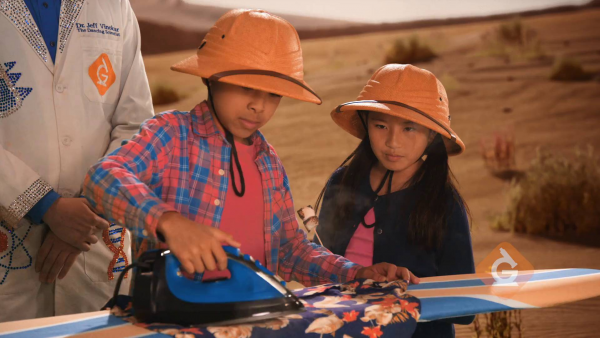
When things heat up, they get warmer. We heat food to make breakfast, lunch and dinner. Heating coffee or tea can make it more enjoyable. People also heat clothes to take out the wrinkles.

Heating causes a marshmallow to warm up.
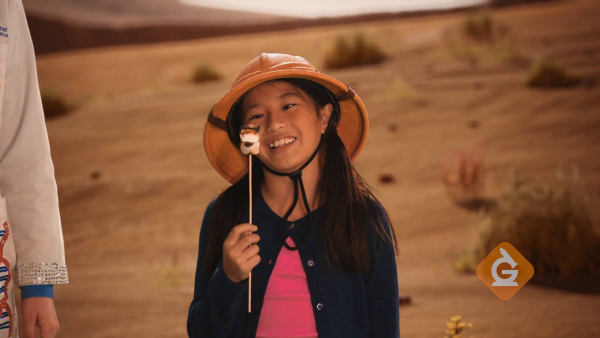
A marshmallow can change from a solid to a liquid when it is heated. Sometimes that marshmallow just gets soft and warm and sometimes it can get burned.

Cooling lowers the temperature of things.

In places where it is very cold, a cup of water left outside can turn into ice. Changing from a liquid to a solid is called freezing. You can keep food in a freezer which keeps it very cold.

Chilling your drink in ice is an example of cooling.
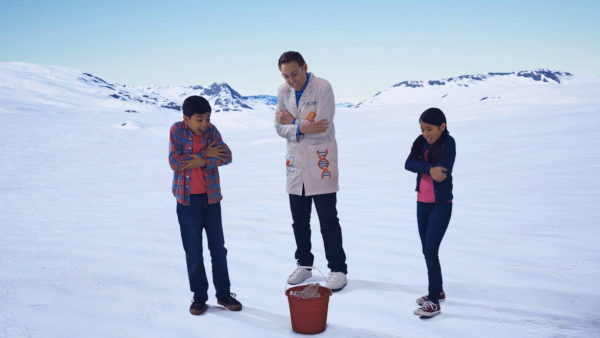
Common ways to cool things down are to put them in ice or taking them some place where it is cold. This will lower the temperature. On a hot day, a cold cup of lemonade can taste refreshing!

Some observable changes are reversible.
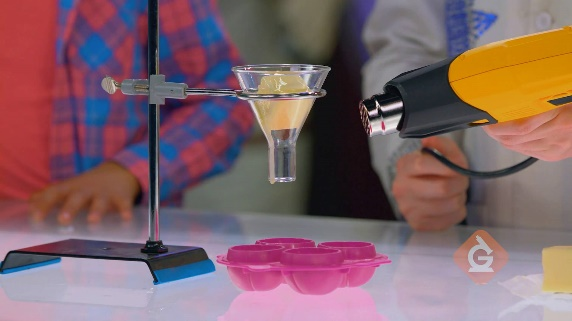
Reversible means that the change caused by heating or cooling can be undone. One example of this is when you melt butter. After melting, you can cool it down and it will become solid again.

Some observable changes are non-reversible.
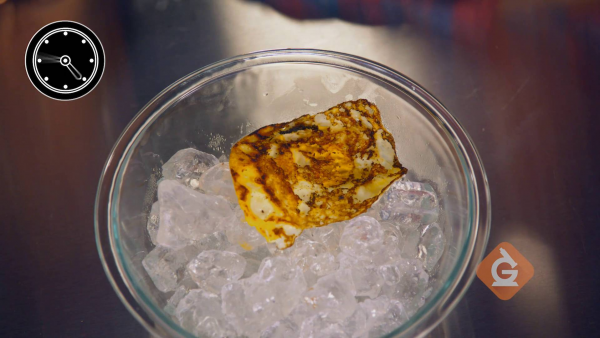
Non-reversible means that the change from heating or cooling cannot be undone. One example of this is when you cook an egg. After heating, it cannot go back to the way it was before.


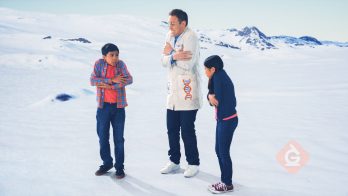








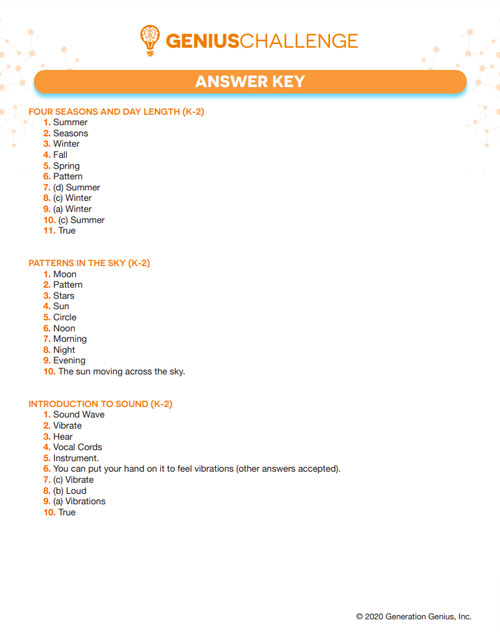























































































































 Select a Google Form
Select a Google Form









